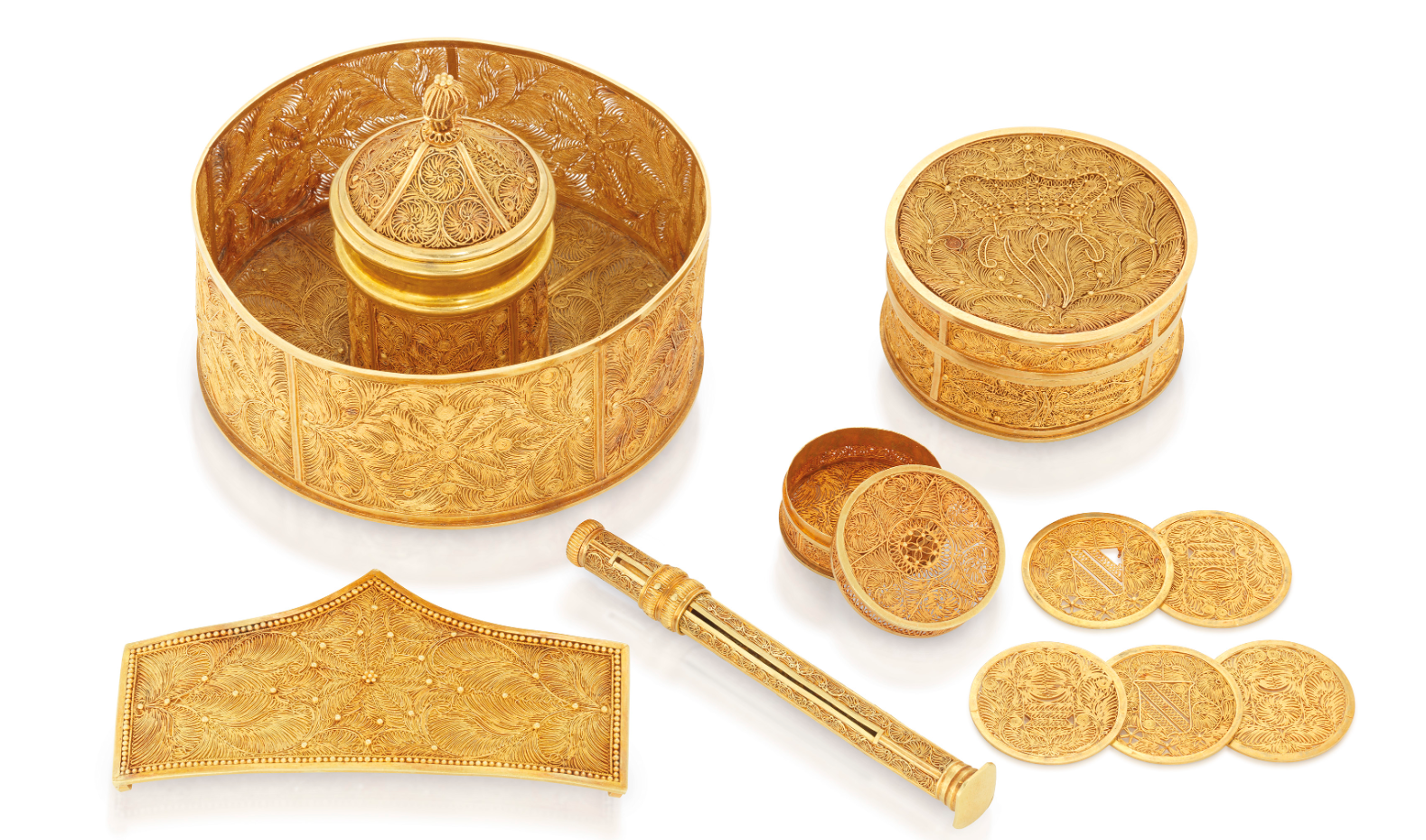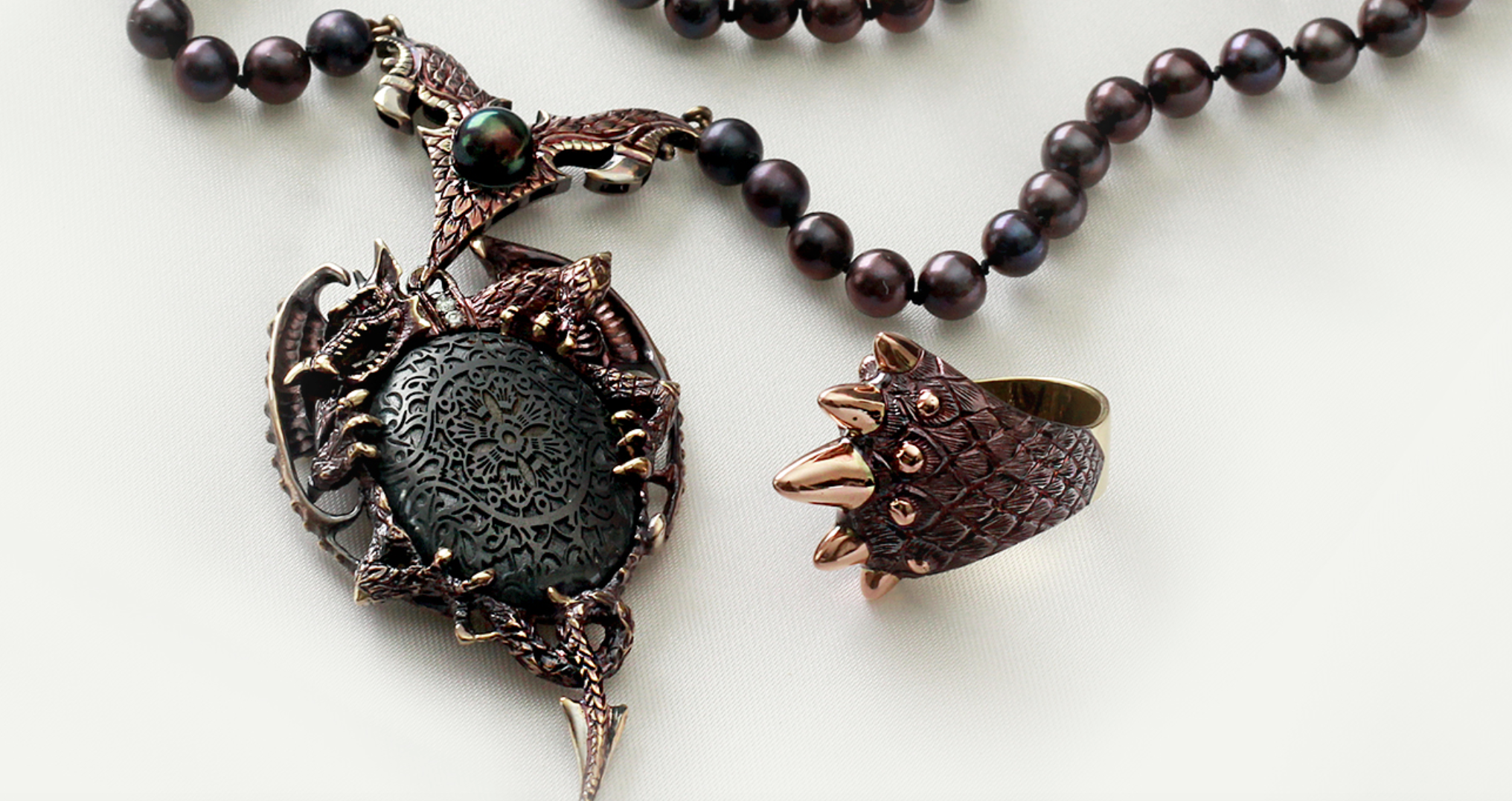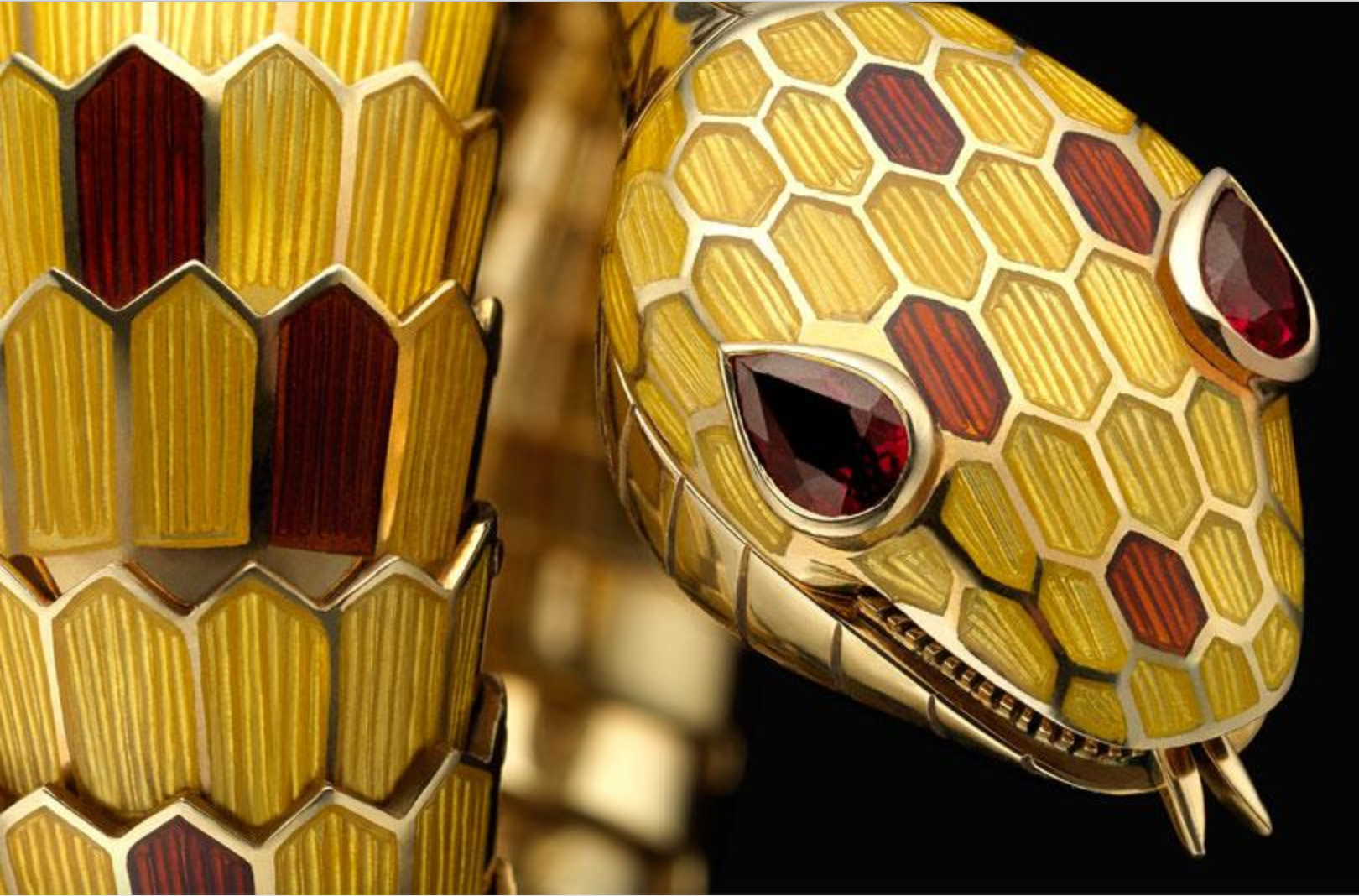
The Art of Filigree in Jewelry-Making: Intricate Elegance from Twined Metal Threads
In the realm of jewelry-making, few techniques are as intricate and captivating as filigree. With its delicate patterns and intricate designs, filigree has been a cornerstone of jewelry craftsmanship for centuries. This ancient technique involves meticulously shaping and arranging fine threads of metal to create stunning, lace-like jewelry pieces. In this article, we delve into the captivating world of filigree, exploring its history, process, notable designers and iconic jewelry pieces that have immortalized this timeless technique.
The Intricate Beauty of Filigree
Filigree is a jewelry-making technique that dates back to ancient civilizations, including the Egyptians, Greeks and Etruscans. The term “filigree” is derived from the Latin words “filum” (meaning thread) and “granum” (meaning grain).
This technique involves twisting and curling thin metal wires into beads and other decorative flourishes. These are then soldered together, or to the surface of an object of the same metal, to create an ornate pattern. These patterns often resemble delicate lacework, creating an illusion of lightness despite the metal’s weight.
The Filigree Process
The filigree technique is a labor-intensive process that requires precision, patience and a keen eye for detail. Here’s a simplified breakdown of the steps involved:
Design: A skilled jeweler conceptualizes a design, envisioning the patterns and shapes that will form the filigree piece.
Metal Preparation: Thin wires of gold, silver or other precious metals are carefully selected. These wires are often flattened, twisted or coiled to achieve the desired effect.
Soldering: The metal wires are meticulously soldered onto a base, forming the outline of the filigree design.
Wire Placement: The jeweler then adds finer wires to fill in the gaps, creating an intricate network of threads.
Finishing Touches: After the filigree design is complete, the piece is carefully polished to achieve a flawless finish.
Master Jewelers and Their Contributions
Numerous jewelry designers have elevated the filigree technique to new heights with their exceptional skills and creativity. Some notable names include:
Castellani: In the 19th century, the Castellani family from Italy gained acclaim for their Etruscan-inspired filigree work. Their pieces often featured intricate granulation and delicate wirework, setting a benchmark for filigree craftsmanship.

Castellani gold and agate pendant/brooch, circa 1855, decorated with filigree, courtesy of Sotheby's
Claudio Pino: A contemporary master of filigree, Claudio Pino’s creations blend traditional techniques with modern designs. His pieces showcase the versatility of filigree, embracing both classic and avant-garde aesthetics.
Iconic Filigree Jewelry Pieces
Etruscan Revival Necklace: Created by the Castellani family, this intricate necklace showcases their mastery of filigree. Featuring delicate wires and granulation, the piece reflects the elegance of ancient Etruscan jewelry.
Russian Imperial Brooch: Crafted during the Russian Imperial era, this brooch is an exemplar of Russian filigree artistry. The piece displays a symphony of fine wires that form floral motifs, demonstrating the art’s refinement.
Filigree remains a testament to the enduring allure of craftsmanship in the world of jewelry-making. Its delicate beauty, historical significance and meticulous technique continue to captivate jewelry enthusiasts and collectors alike. Whether adorning antique heirlooms or contemporary creations, filigree stands as a reminder of humanity’s ability to transform the simplest of materials into works of art that transcend time.
Intriguing, intricate, and irreplaceable, filigree is more than a technique—it’s an embodiment of creativity woven into metal threads, standing as a testament to human ingenuity across civilizations.
Photo of early 19th-century filigree work courtesy of Christie's


